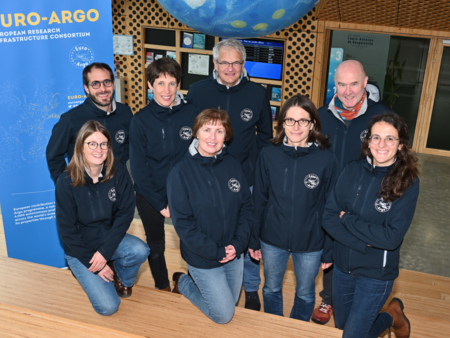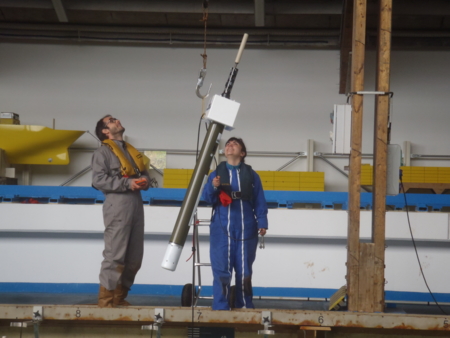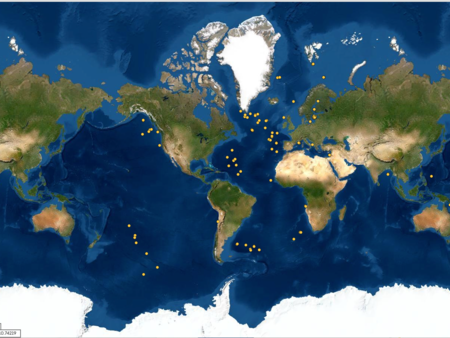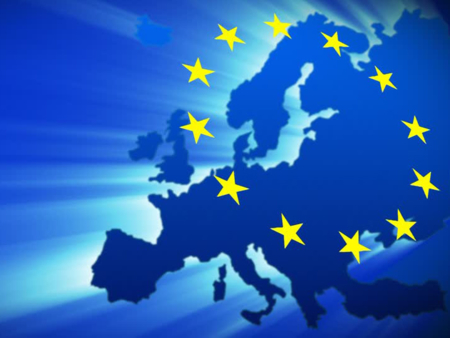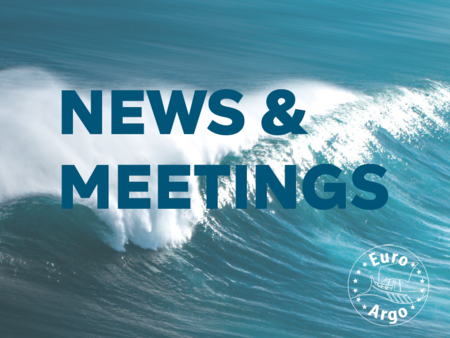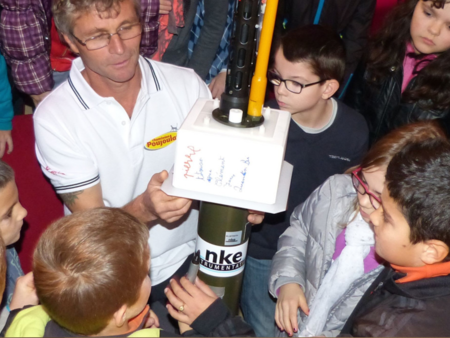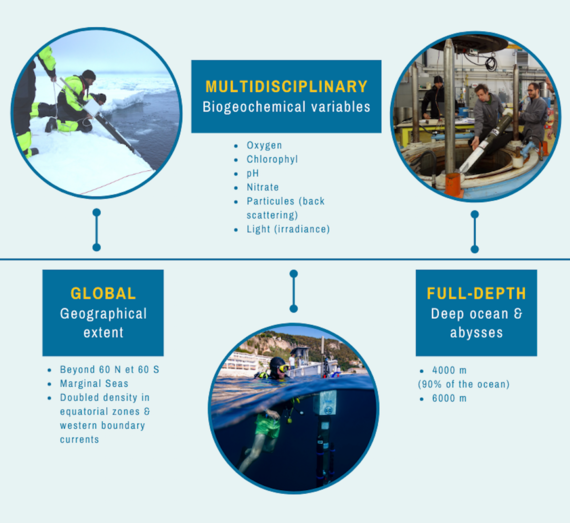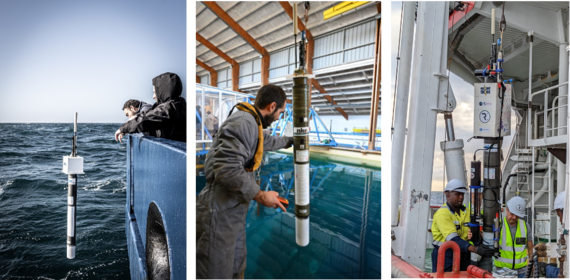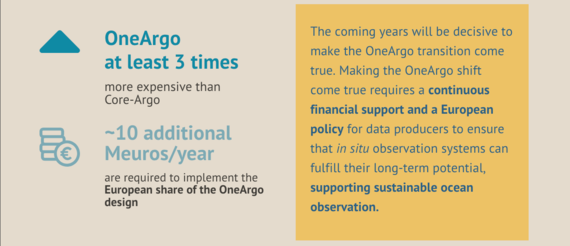OneArgo
OneArgo represents the new "global, full-depth, and multidisciplinary" design of the Argo programme.
- Global: encompassing the global ocean, with an extended geographical coverage in regions where data is lacking
- Full-depth: extending to the deepest layers of the ocean, till the abyss
- Multidisciplinary: including the monitoring of additional biogeochemical parameters
The three main targets of OneArgo vision. Copyrights from left to right: N. Kolodziejczyk/LOPS, D. Luquet/IMEV, S. Lesbats/Ifremer.
To learn more about OneArgo click here.
And read:
- Roemmich et al. (2019) “On the Future of Argo: A Global, Full-Depth, Multi-Disciplinary Array”Frontiers in Marine Science,
- Owens et al. (2022) “OneArgo: A New Paradigm for Observing the Global Ocean”, Marine Technology Society Journal.
The objectives of OneArgo include expanding the geographical coverage of the Argo array, increasing the deployment of diverse types of profiling floats, and ensuring that data management teams are fully prepared to handle new data streams—particularly those associated with the Biogeochemical (BGC) mission and its six variables. Additionally, the programme aims at strengthening national and international partnerships, fostering strong community support, and enhancing advocacy efforts.
European target contribution to OneArgo by 2033. The key to the OneArgo array design is that BGC and Deep Argo floats contribute to the Core float data stream.
Increasing the deployment of diverse types of profiling floats
All Argo floats can reach 2000m depth and measure:
- Temperature (±0.002°C)
- Salinity (±0.1 PSU RT)
- Currents at – 1 000m
Recent technological advances now allow floats to reach a profiling depth of 4 000 to 6 000 metres (Deep-Argo floats). This capability enables scientists to establish accurate global and regional heat budgets.
Biogeochemical sensors have been integrated into specific floats to measure pH, oxygen, nitrate, chlorophyll, suspended particles, and downwelling irradiance (BGC-Argo floats). These floats can monitor the seasonal, to decadal-scale variability in biological productivity, the supply of essential plant nutrients from deep-waters to the sunlit surface layer, ocean acidification, deoxygenation, and ocean uptake of carbon dioxide. They complement the remote sensing from space of ocean colour by providing information in the ocean interior and throughout the year in cloud covered areas.
From left to right: a Core float © D.Hoehne, a Deep float (most of the European Deep floats are equipped with a sensor for oxygen) © S. Lesbats/Ifremer, a BGC float (measuring dissolved oxygen, chlorophyll-a, pH, nitrates, particles, irradiance (light)) © T. Jessin.
OneArgo encompasses these two types of floats Deep-Argo floats and BGC-Argo floats, in addition to the initial Core-Argo floats.
Parameters measured by the three types of floats and their scientific purposes.
OneArgo sets a target for achieving a specific number of operational floats for the Core-Argo, BGC-Argo and Deep-Argo missions by 2030 which will allow analysis with a global perspective.
Number of operational floats (international effort) for each type of float and OneArgo’s target by 2030.
Expanding the geographical coverage of the Argo array
OneArgo aims at including the spatial coverage towards Marginal Seas and increased spatial resolution in the tropics and western boundary currents (see map below). In addition, a subset of Argo floats are operating in ice-covered areas south of 60°S and north of 60°N (Polar-Argo mission), considerably improving our ability to observe the full seasonal cycles of the physical processes in the Polar oceans.
OneArgo target network of 4 700 floats – 2 500 Core floats, 1 200 Deep floats and 1 000 BGC floats – by 2030. Central to OneArgo is that BGC and Deep floats contribute to the Core float data stream.
OneArgo would revolutionise our ability to observe and predict the impact of climate change on oceanic heat uptake, global water cycle and sea level rise, as well as ocean ecology, metabolism, carbon uptake, and marine resource modelling. Most importantly, it would dramatically increase end-user value and the benefits for society at large, for instance through more accurate climate projections enabling better societal adaptation or better climate intelligence to sensitive industries (agriculture, energy, aquaculture, fisheries, insurance, and resource extraction).
But transitioning from Argo to OneArgo presents challenges: expanding to BGC and Deep-Argo missions adds significant costs. The additional parameters and increased data volume demand major updates to the data system, including new methods for quality control of both BGC parameters and Deep measurements.

